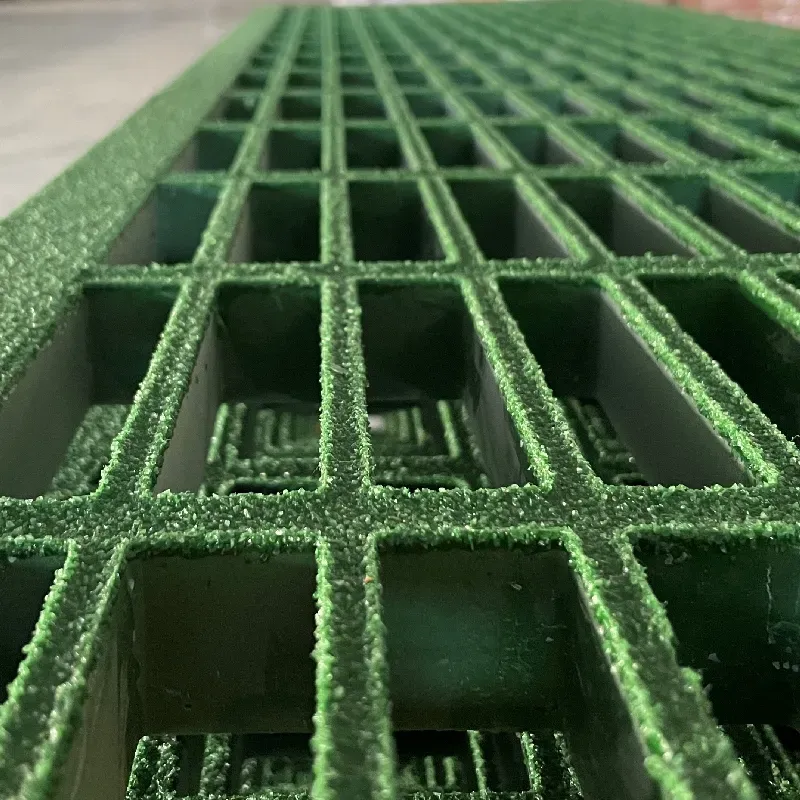loading...
- No. 9, Xingyuan South Street, Dongwaihuan Road, Zaoqiang County, Hengshui, Hebei, China
- admin@zjcomposites.com
- +86 15097380338
- Welcome to visit our website!
Innovative Applications of Fiber-Reinforced Plastics in Tank Design and Manufacturing
The Advantages of Fibre Reinforced Plastic Tanks
Fibre reinforced plastic (FRP) tanks have gained significant traction in various industries, providing an innovative solution for storage and transportation of liquids and gases. The unique composition of these tanks—combining plastic with fibrous materials—results in enhanced strength, durability, and resistance to corrosion. This article delves into the advantages and applications of FRP tanks, showcasing their growing importance in modern manufacturing and environmental management.
One of the primary benefits of FRP tanks is their exceptional resistance to a variety of corrosive substances. Traditional materials, such as steel, are often susceptible to corrosion when exposed to aggressive chemicals. This not only compromises the integrity of the tank but can lead to costly maintenance and replacement. In contrast, FRP tanks are engineered to withstand harsh environments, making them ideal for industries that handle corrosive materials, such as chemicals, wastewater, and even food processing.
The Advantages of Fibre Reinforced Plastic Tanks
Furthermore, FRP tanks demonstrate superior thermal insulation properties, which is crucial for applications involving temperature-sensitive materials. The insulating properties help maintain the desired temperature of the contents, thereby optimizing the efficiency of processes such as fermentation and chemical reactions. This thermal stability not only enhances product quality but also reduces energy costs associated with heating or cooling.
fibre reinforced plastic tanks

The longevity of FRP tanks is another compelling advantage. With proper maintenance and care, these tanks can exhibit a lifespan of over 30 years, significantly outpacing traditional metal tanks that may require frequent repairs or replacements. This longevity not only provides an economic advantage to businesses by minimizing downtime and maintenance costs but also contributes positively to environmental sustainability by reducing the frequency of replacements and waste.
Moreover, the manufacturing process of FRP tanks is often more environmentally friendly compared to steel production. The production of FRP materials typically has a lower carbon footprint, which aligns with global sustainability goals. By opting for FRP tanks, industries can contribute to environmental preservation while also taking advantage of the superior performance characteristics these tanks offer.
In terms of safety, FRP tanks reduce the risk of leaks and spills, which can be catastrophic in industries handling hazardous materials. The integrity of FRP materials does not suffer from rust or corrosive degradation, leading to enhanced safety and compliance with stringent regulations governing hazardous waste and chemical storage.
In conclusion, fibre reinforced plastic tanks represent a remarkable evolution in storage solutions for a wide array of industries. Their combination of corrosion resistance, lightweight design, thermal insulation, longevity, and environmental benefits make them an attractive choice for businesses striving for efficiency and sustainability. As technology advances and the demand for innovative materials grows, it's clear that FRP tanks will continue to play a pivotal role in modern industrial practices, ensuring safety and reliability while fostering a greener future.
-
GRP Structures: The Future of Lightweight, High-Performance EngineeringNewsJun.20,2025
-
FRP Water Tank: High-Performance Storage for Corrosive and Clean Water SystemsNewsJun.20,2025
-
FRP Square Tube: The New Industry Standard for Chemical and Structural ApplicationsNewsJun.20,2025
-
FRP Pultruded Profiles: The Ultimate Choice for Lightweight Structural StrengthNewsJun.20,2025
-
FRP Handrails: The Safer, Smarter, and Stronger Choice for Modern InfrastructureNewsJun.20,2025
-
FRP Grating: The Smart Solution for Durable, Lightweight Industrial FlooringNewsJun.20,2025
-
Why Choose a Galvanized Water Tank for Your Storage NeedsNewsMay.21,2025
